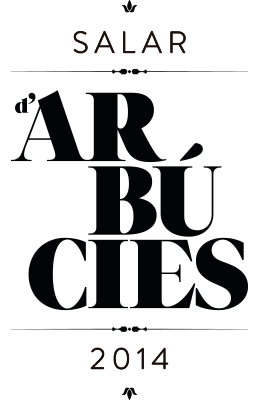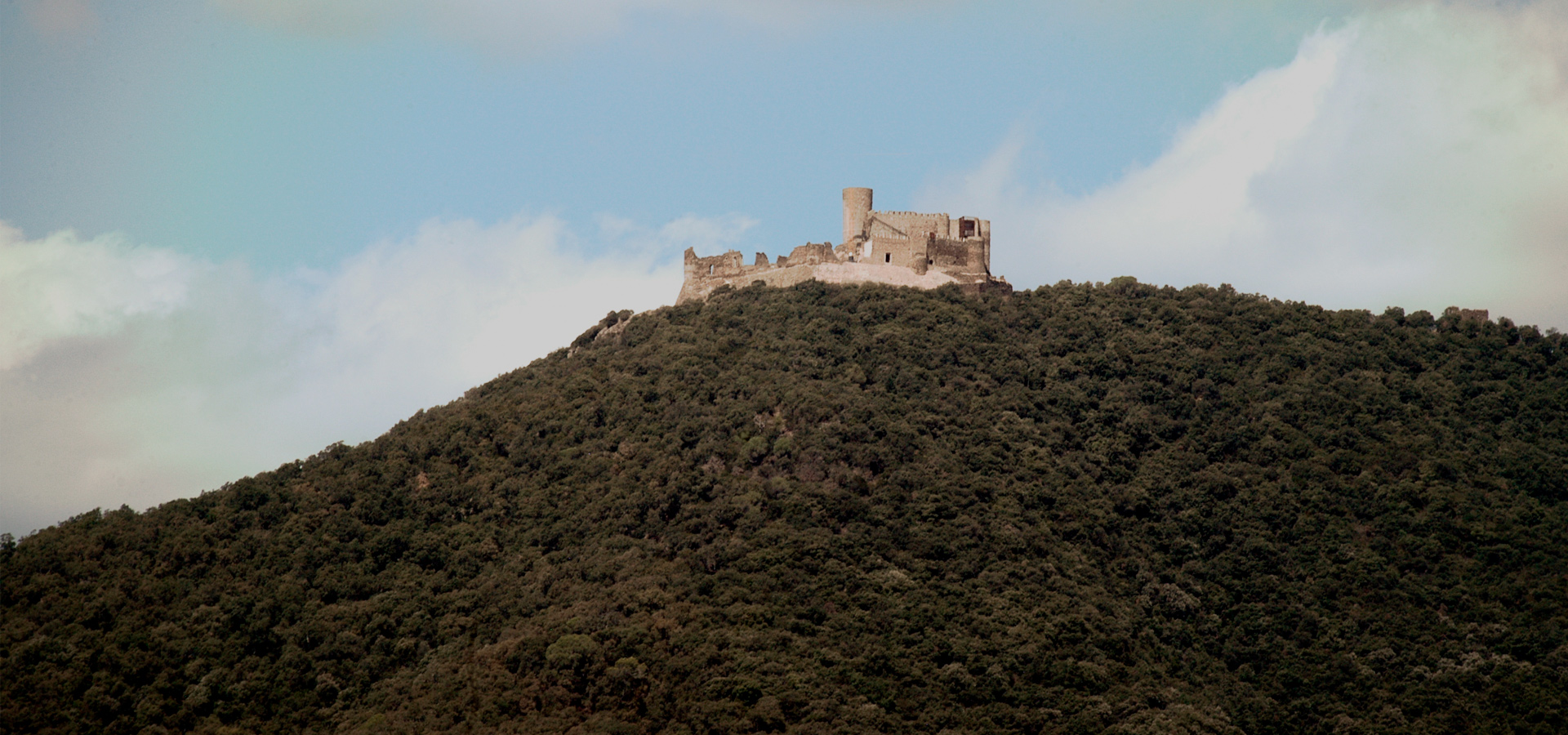The cultivation of the land in the Vale of Arbúcies dates back to an antiquity of more than 2000 years, as indicated by the location of various Iberian settlements that were occupied in the period from the 5th to the 1st century BC.
From this period the Iberian settlement of Can Pons (150-50 BC) stands out with the presence of remains of Italic amphora that indicate the commercial exposure these villages had to Romanisation and the exploitation of the Vale’s resources, namely that of wine and olive oil.
While the Greeks introduced olive oil production to the Iberian Peninsula from 600 BC, it was the Romans who expanded the cultivation of the olive thanks to the wild varieties they found in their newly won territories. In this way the Salar Olive of Arbúcies could possibly originate from a thousand years of selection carried out by the Romans in the Vale of Arbúcies.
In the Middle Ages the Montseny underwent economic and social change which ended up being the new organisational model known as feudalism. During this period the Vale of Arbúcies, was under the control of the powerful Viscounts Cabrera, Lords of Montsoriu Castle, a gothic castle considered to be the best of its type in Catalonia. Evidence for olive cultivation between the fourteenth and sixteenth centuries, is reflected by the discovery of oil jars during archaeological excavations carried out at the castle over the last few decades.
The Vale of Arbúcies with 8 active olive oil mills up to the middle of the 20th century, has long been an oil producing area, using two olive varieties that curiously were simply known generically as Olive Trees for Oil and Olive Trees for Salting. It has been possible to trace back its phylogenic origin which shows it to be the progenitor of the Salar Olive.
As indicated by their names, the olives were either destined to be used for oil production or as in the case of the Salar Olive for salting and would become table olives after being preserved in water and salt.
A few hundred years are needed for natural selection to play its part in conjuring over time, subtle changes in the genetic make-up of our olive tree, improving the quality of its oil and creating a significantly different group of olives from which the Salar Olive is derived.
The research projects carried out from 2012 and subsidised both by the Department of Agriculture of the Generalitat of Catalunya and the European Agricultural Fund, have allowed us to make the selection of our olive tree that we now call “Salar d’Arbúcies” or clone G21.
The results of the research started in 2012 have served to initiate the recovery of olive cultivation in Arbúcies.
It is from this antique olive tree transformed into the MOTHER PLANT, that the new plant which will form the olive groves on those old terrains will appear in those old olive groves that history and vegetation had hidden.
Its green oil obtained from mature olives surprises us with a fruity load of shades that evoke the fifth taste called Umami.



